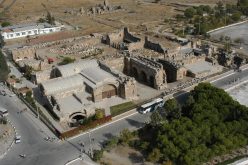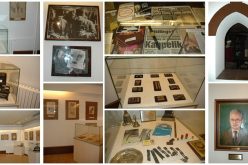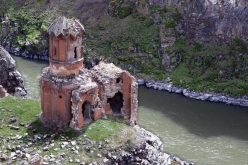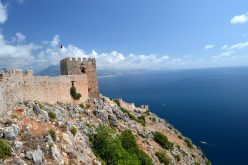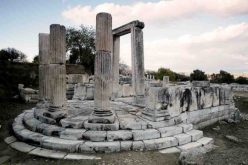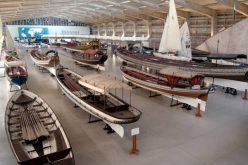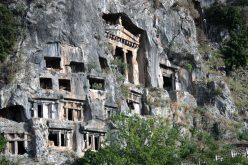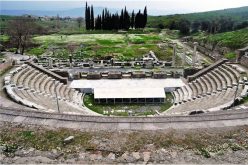Perge
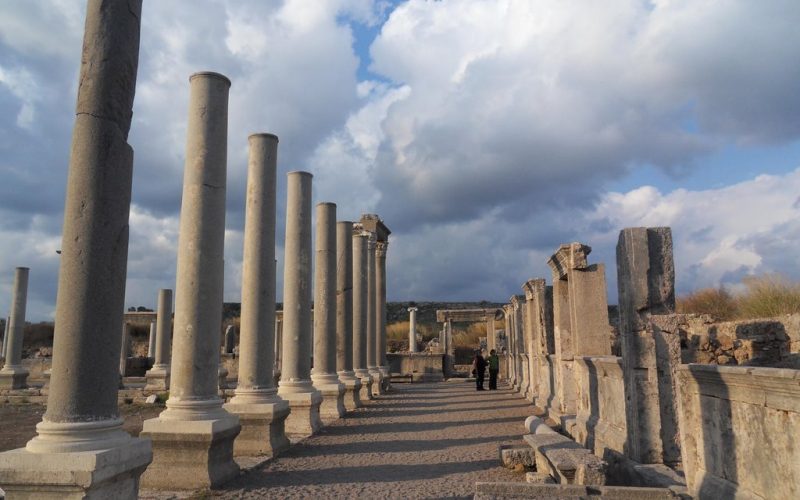
Perge
Perge was an ancient and important city of Pamphylia, between the rivers Catarrhactes and Cestrus, currently called Aksu Cayı. It is believed that Perge was founded after the Trojan War by Greek settlers led by the seers Calchas and Mopsus. In 333 BC Alexander the Great was welcomed by the Pergeans who provided him with guides for the journey from Phaselis to Pamphylia. After the death of Alexander, Pamphylia was ruled at different times by the Ptolemaic and Seleucid Dynasties. In 188 BC Seleucids were expelled by the Romans and their lands in Anatolia were given to the King of Pergamum, Eumenes II. In the first century BC, the Romans took action against the Cilician pirates and set up the province of Cilicia. In 43 AD, Pamphylia was joined with Lycia by Claudius and formally incorporated in the Roman Empire. Perge, as a city of Pamphylia, prospered very much under the Roman Empire and this important Roman city flourished with wealth of both public and private buildings. Throughout the fourth, fifth and sixth centuries, Christianity was the official religion of the Roman Empire. Perge was represented at the Council of Nicaea in 325 by the Metropolitan Callinicus and at the Council of Ephesus in 431 by one of his successors. Later, Perge was weakened by persistent Arab attacks and began to decline, and most of the inhabitants moved away after the seventh century. Perge was occupied by the Selcuk Turks in 1078 and the Ottomans in 1392.
Perge was divided by two main, 20 m wide colonnaded streets. One ran north-south for 200 m from the Antique Gate. The other, which linked the east and west gates, crossed it at right-angles. In Perge, there are the foundations of a small Doric prostyle temple on a low hill. Included in ruins can be seen a 15,000 seat theatre, an agora, gymnasium, baths and necropolis. Several sarcophagi found in a necropolis outside the west gate are now kept in the Antalya Museum. The second century BC Roman stadium had a capacity of 12,000 and all traces of the arch at the southern, open end have disappeared; the north end is rounded. On the east under the seats are 30 rooms, 20 of which were used as shops. On the right side of the Late Antique Gate are found the remains of the Tomb of Plancia Magna, priestess of Artemis and of the Mother of the Gods and demiourgis. The original pavement at the Late Antique Gate has been exposed and excavation has started on the Byzantine basilica on the inner, right side of the gate. The twin tower Hellenistic Gate was built in the third century BC. Beyond the gate, with its two huge towers, an impressive collection of columns still stands. To the right is the large square-shaped Agora, built in the fourth century BC. The water source for the narrow concave channel running down the centre of the colonnaded street was the northern Nymphaeum, which dates to the second century AD.
Related Articles
Write a Comment
Only registered users can comment.




